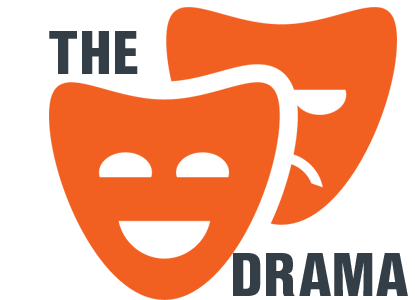How to Own a Story
If you want to own a story, you have to think beyond the obvious tangible benefits of your product or services. Owning the story means defining the big idea of what happens if the marketplace refuses to understand the real cost of doing nothing. The cost of doing nothing is not a new concept, but it is one that has lost teeth over the last decade. It has been boiled down to ‘solution-for-pain’ clichés that were once differentiating.
 The pain to solution approach has defined how many of today’s professional communicators develop positioning; they find themselves disoriented when thinking beyond the solution. This disorientation creates an inability to define the real scenarios that exist not only when failing to address a pain, but also when addressed in an incomplete or wrong way. Failure to communicate these scenarios leads to a message of antidote with no prescription.
The pain to solution approach has defined how many of today’s professional communicators develop positioning; they find themselves disoriented when thinking beyond the solution. This disorientation creates an inability to define the real scenarios that exist not only when failing to address a pain, but also when addressed in an incomplete or wrong way. Failure to communicate these scenarios leads to a message of antidote with no prescription.
The biggest mistake that marketing professionals, public relations firms, communication specialists and business leaders make is to fall back on the pain to solution approach, which leads to boring statements of fact around the tactical realities of the products or services. While all true every single provider in the space is saying precisely the same thing, there is no “there” there. . . no story. . . just statements of tactical fact.
To break the cycle of dependency on the pain to solution approach, you have to think in terms of what it means to address a real pain improperly. What will the market implications be if the company fails to address the pain, and how will that outcome be worse if the company fails to address the pain in a specific way? In other words, we have to connect the dots to the under-considered very real cost of doing nothing. Or rather the cost of doing nothing, doing the wrong thing, or doing the right thing wrongly.
So how do we do this? How do we uncover all the possible outcomes that a customer faces; outcomes that they have probably not considered? We develop our ability to tease out a story in every possible direction. We ask ourselves very real ‘what if’ questions and allow ourselves a good deal of creative leeway as we map the answers to those what-if. No matter how outlandish a story might seem when we first start to consider it we must press ahead until we reach its conclusion.
If we want to own a story, then we have to commit to understanding the hidden story arc that exists when addressing a need. We have to think both ahead and beyond of both the solution and the marketplace

